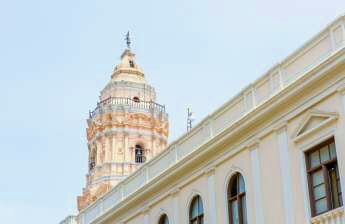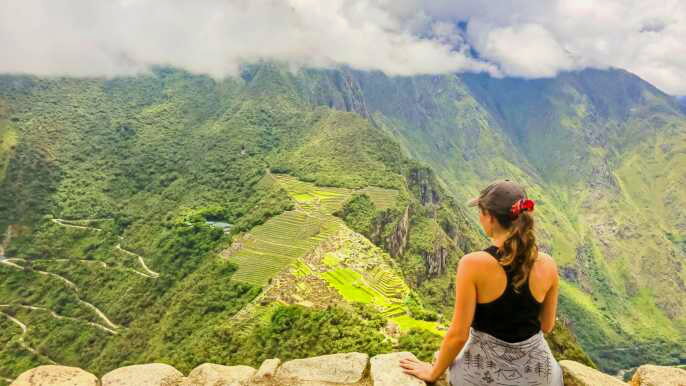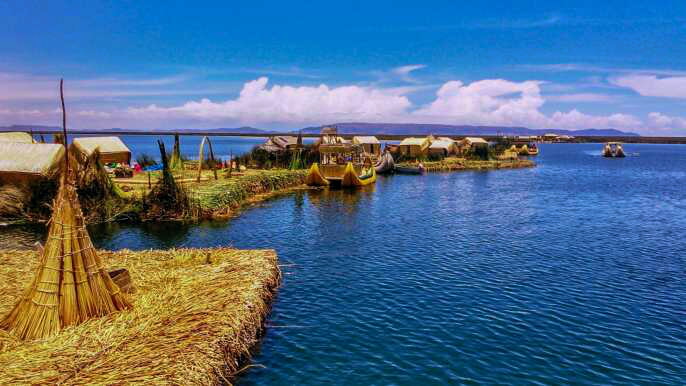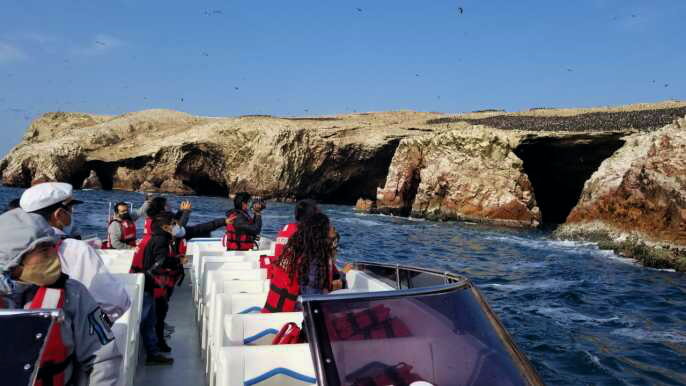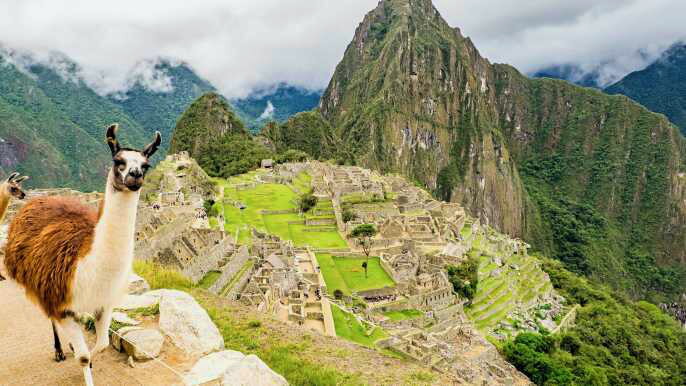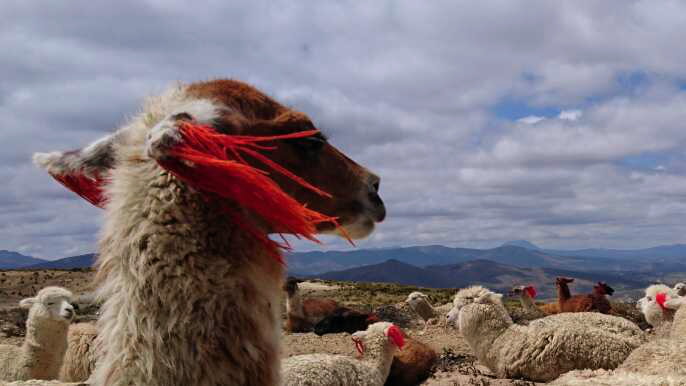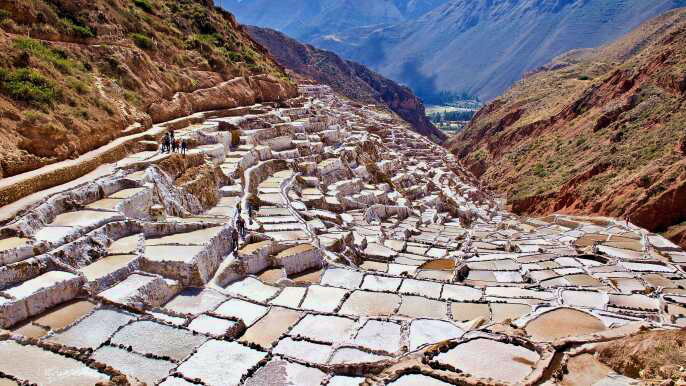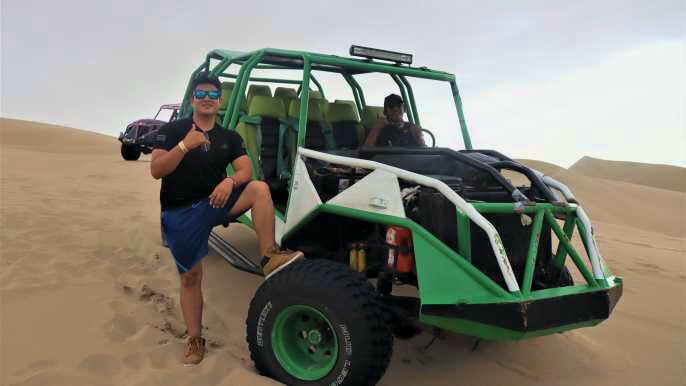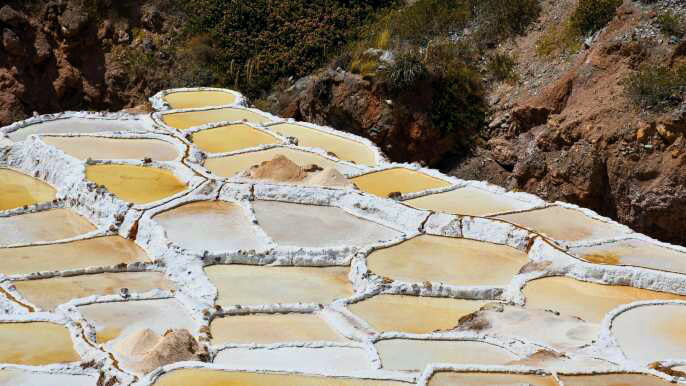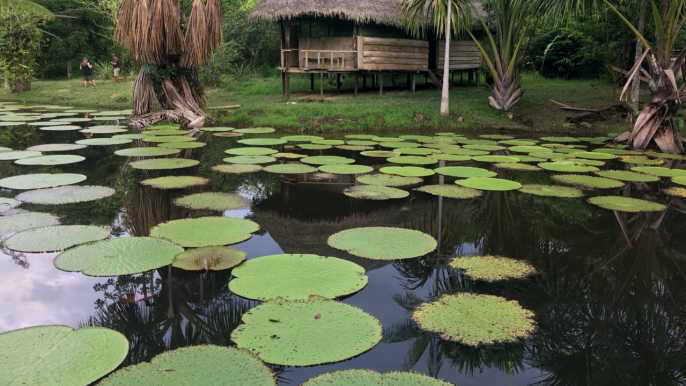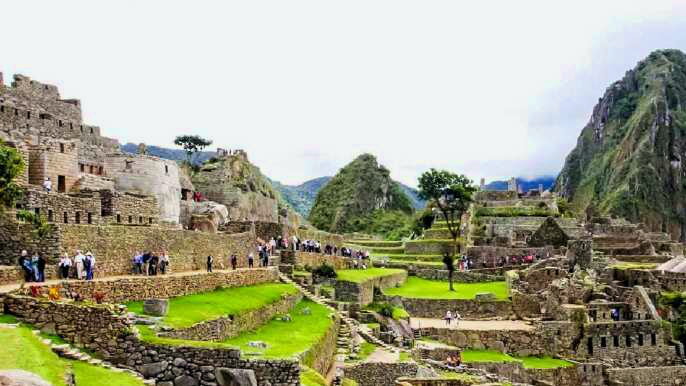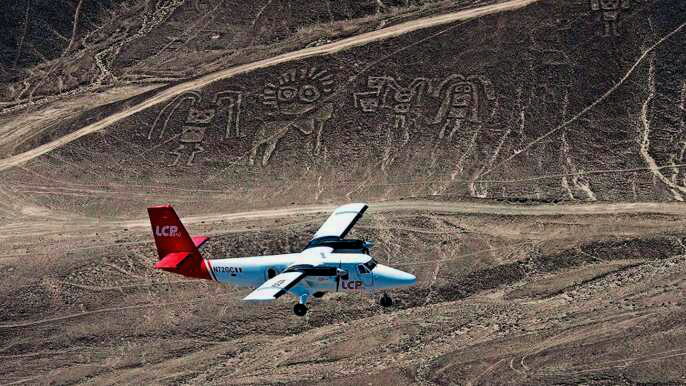Located on the Pacific coast of South America, Lima is a bustling metropolis, the capital of Peru. The city is known for its preserved colonial center, which is home to the 16th-century Cathedral. It also has a collection of pre-Columbian art, which is displayed in the Museo Larco.
Plaza de Armas
Located in Lima, Peru, the Plaza de Armas is a historic site. It is also a major tourist destination. It is surrounded by historical buildings that date back to both colonial and republican periods. It is also home to the Municipal Palace, which is the seat of the municipal government.
The Plaza de Armas is a large square with wide avenues on all sides. It is surrounded by the Cathedral of Lima, which is a 17th century baroque church. It is also crisscrossed by paths and benches.
The most impressive building in the Plaza de Armas is the Government Palace. The government palace is not open to the public, but it is a beautiful building. It is the site of various government functions, including the changing of the guard. The Government Palace is a very important part of the history of Peru, and you can arrange a tour of the building in advance.
One of the other things to see in the Plaza de Armas is the fountain. The fountain was erected in 1650 and is made of bronze. It is also illuminated at night. The fountain has a gold chain and is protected by a barrier that has plants at the ends.
Another building in the Plaza de Armas that you may want to visit is the Casa del Oidor. It is the oldest building in the plaza, and it is also a good example of colonial architecture.
A lot of other interesting buildings are found in the Plaza de Armas. Some of them include the Archbishop's Palace, the Municipal Palace, and the Governor's Palaca. If you like architecture, you should check out these historical buildings.
Larco Museum
Located in Lima, the Larco Museum is one of the city's most interesting historical sites. The museum is located in a colonial mansion dating back to the eighteenth century. It contains a magnificent collection of pre-Columbian artifacts. Its collection includes ceramics from the Chimu, Chancay, Cupisnique, and Nazca cultures. It also features textiles from the Wari culture.
The Larco Museum offers visitors a comprehensive overview of Peruvian history. Its permanent exhibition contains thousands of priceless artifacts. The storage facility also holds 45,000 artifacts. The museum's storage facility objects are arranged according to chronology and theme. The Larco Museum is also one of the first museums to allow access to its storage facility.
The museum's collection is considered to be one of the finest in Latin America. Among the artifacts that are found in the museum are the best examples of gold and silver. There is a gold-and-silver gallery as well as a garden. The museum also has a restaurant that serves traditional Peruvian Creole dishes. The cafe has handicapped access and central sanitary facilities. It is also equipped with free Wi-Fi.
In addition to its collection of pottery and jewelry, the Larco Museum also has a remarkable collection of erotic art. In its Sala Erotica, you will find phallic pottery and huacos. The museum has granted permission for photography without flash, but professional photography is not allowed.
The museum has several guided tours, which are recommended for visitors unfamiliar with Peru. The museum's website has pictures and descriptions in several languages. In addition, it offers a longer presentation, which is available on the city of Kings' Facebook page.
Whether you're looking for a unique museum experience or just want to learn more about the pre-Columbian cultures of Peru, the Larco Museum in Lima is an excellent choice.

Huaca Pucllana
Located on the central coast of Peru, Huaca Pucllana was a large ceremonial center of the Lima Culture during the Pre-Inca era. Its location on the left bank of the lower valley of the Rimac River made it a strategic point for control of the hills. It was used for political and religious ceremonies.
The ruins at Huaca Pucllana are divided into two parts. The western section was used for big rituals and feasts. It was also used as a cemetery.
The machu picchu section was used for offering and sacrifices. It has benches to rest on. It was also used for community meetings and political gatherings.
The adobe and clay pyramid that makes up Huaca Pucllana was built between 200 and 700 AD. It is one of the few surviving Pre-Inca ruins. It has been restored since 1981 by Isabel Flores Espinoza, who has been supported by the Peruvian Ministry of Culture.
The complex includes a museum with ceramics, tools, and textiles. It offers a guided tour of the ruins and their history. It is also a great place to learn more about the ancient people who lived there.
Huaca Pucllana was also a burial site for the nobility. The tombs, which include three burial shrouds, are adorned with masks. The sex of the mummies is not known, but it is possible that the larger mummy is a high-ranking official.
Huaca Pucllana is a wonderful place to visit if you are in the Miraflores district of Lima. It is about a 20-minute walk from Kennedy Park. It is also a good place to go with children. It has several tourist areas, including a small souvenir shop, and a restaurant.
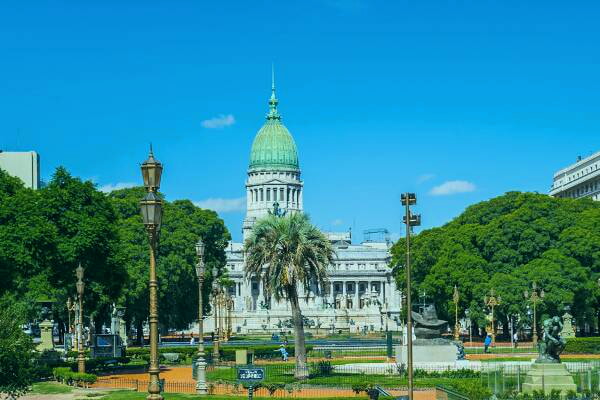
Miraflores
Located in the southern part of Lima, Miraflores is one of the most popular tourist destinations in the city. The district offers a variety of activities and is a perfect place for shopping, dining, and sightseeing.
The Miraflores area is known for its rich real estate and beautiful ocean views. It is home to chichi homes, five-star hotels, and restaurants. The name of the district means "to look at the flowers."
The Miraflores district borders the Barranco district to the south and the Pacific coast to the west. In addition, it is considered one of the safest parts of the city.
It is also home to the popular Amano Textile Museum. This museum displays pre-Incan textiles, ceramics, and other art. Exhibits are written in Spanish, but visitors can learn more about the textiles through detailed explanations in English.
The Amano museum is a great way to experience the history of Peruvian textiles. The museum also has an archive of textiles. It is a must-see for any visitor.
Parque Kennedy is the central plaza in Miraflores. It regularly hosts flea markets and art exhibitions. In the evenings, it hosts informal dance parties. It is also a great place to find souvenirs.
The Indian market in Miraflores is a great place to get souvenirs. There are many alpaca products available. The area is also home to many cats. It is advisable to be extra careful when walking around the area.
Miraflores is also home to the renowned Iglesia de la Virgen Fatima. The church is not usually open to tourists. However, it is open for religious purposes on certain days. Its interior is stunning, with stained glass windows.
Paragliding by the coast
Whether you're looking for a thrill or a unique perspective, paragliding by the coast in Lima can provide you with a unique experience. There's no better way to enjoy the steep cliffs that surround the city.
One of the best places to try paragliding is Miraflores, a district on the south of Lima. Located on the Pacific coast, this is one of the most well-known areas for soaring high over the ocean.
During your flight, you'll be able to see breathtaking views of the sea and the historic city of Lima. You'll also be able to catch a glimpse of surfers catching waves on the shore.
The paragliding activity in Lima is one of the most popular activities among tourists. During your flight, you'll be flying above the cliffs of the Miraflores coastline.
Aside from being a fun and exciting activity, paragliding by the coast in Peru is also safe. Your instructor will provide you with all the safety gear and information necessary before you get started.
During your tour, you'll be accompanied by an experienced professional pilot. The flight lasts for approximately 10 minutes. This is a short but fun ride. You'll be able to fly over the Pacific Ocean and the green cliffs of Miraflores. You'll be able to take amazing pictures of the sea, the soaring cliffs, and the vibrant city below.
You'll also be able to watch an HD video of your flight. You'll get a good idea of how the flight is done by watching this.
Aside from flying over Miraflores, there are other places in Peru where you can go paragliding. For instance, Pachacamac Mountains are 35 kilometers south of the capital. They offer panoramic views of the ancient city and the Pachacamac valley.


